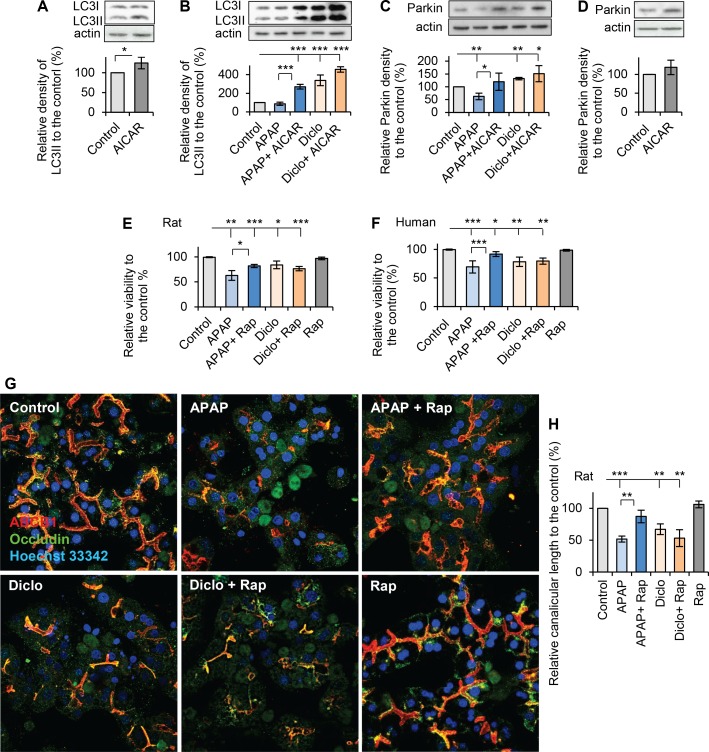Fig 7. Activation of autophagy had differentially effects on prevention of drug-induced hepatocellular injury.
Rat hepatocytes were treated with acetaminophen (APAP, 10mM, 24h) or diclofenac (Diclo, 250μM, 24h) with or without AICAR (200μM). Western blots for autophagic marker LC3II and mitophagy marker Parkin were performed. Quantitative analyses were conducted by calculating the relative densities compared to the respective controls. (A) Treatment with 200μM AICIAR alone in hepatocytes significantly increased LC3II expression to 125% of that in the control, confirming that activation of AMPK promotes autophagy activity. (B) Acetaminophen only mildly decreased LC3II expression. AICAR significantly increased LC3II level in the presence of acetaminophen. Diclofenac significantly increased LC3II levels, and addition of AICAR to diclofenac did not elevate the LC3II significantly. The relative levels of LC3II were 88% in APAP; 270% in APAP + AICAR; 338% in Diclo and 456% in Diclo + AICAR. (C) Acetaminophen significantly decreased Parkin expression to 62% of that in the control, and addition of AICAR prevented the decrease. Diclofenac significantly increased Parkin level to 132% of that in the control, and addition of AICAR to diclofenac did not elevate the Parkin significantly. The relative levels of Parkin were 62% in APAP; 120% in APAP + AICAR; 132% in Diclo and 151% in Diclo + AICAR. (D) Treatment with 200μM AICIAR alone in hepatocytes mildly, but not significantly, increased Parkin expression (119% of that in the control). (E) Autophagy activator rapamycin (2μM, 24hr) significantly improved viability in acetaminophen-treated rat hepatocytes, but not in diclofenac-treated rat hepatocytes. Treatment of rapamycin (Rap) alone did not significantly change viability. The relative viabilities were 63% in APAP; 82% in APAP + Rap; 84% in Diclo; 76% in Diclo + Rap and 97% in Rap. (F) Human hepatocytes were also treated with acetaminophen (25mM, 24h) or diclofenac (1000μM, 24h) in the presence or absence of rapamycin (2μM). Similarly, rapamycin prevented acetaminophen-induced, but not diclofenac-induced, decrease in viability. Treatment of rapamycin alone did not significantly change viability. The relative viabilities were 69% in APAP; 92% in APAP + Rap; 78% in Diclo; 79% in Diclo + Rap and 98% in Rap. (G) Representative images from confocal microscope showed that rapamycin prevented acetaminophen-induced, but not diclofenac-induced, depolarization. (H) Quantitative analyses of polarization by measuring canalicular lengths showed the rapamycin prevented acetaminophen-induced, but not diclofenac-induced, decrease in canalicular length in hepatocytes. The relative canalicular lengths were 52% in APAP; 87% in APAP + Rap; 67% in Diclo; 53% in Diclo + Rap and 106% in Rap. (* p<0.05, ** p<0.01 and *** p<0.001).

